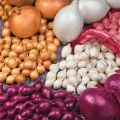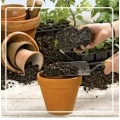Seeds and Supplies
Great selection of seeds and supplies in stock. Promotion
All Ontario Seed Company (OSC) and Aimers Organic Seeds are 10% Off regular retail price for a limited time. Seeds are this years supply and are fresh ready to plant


